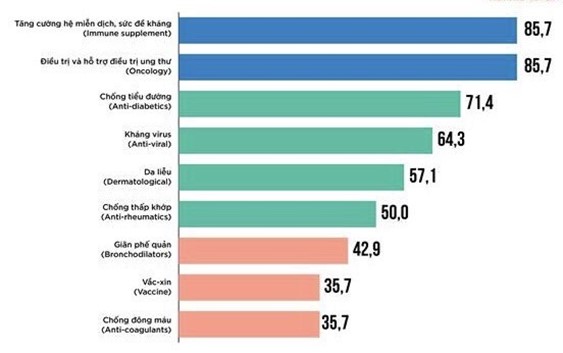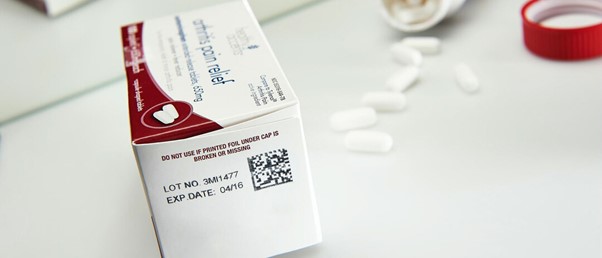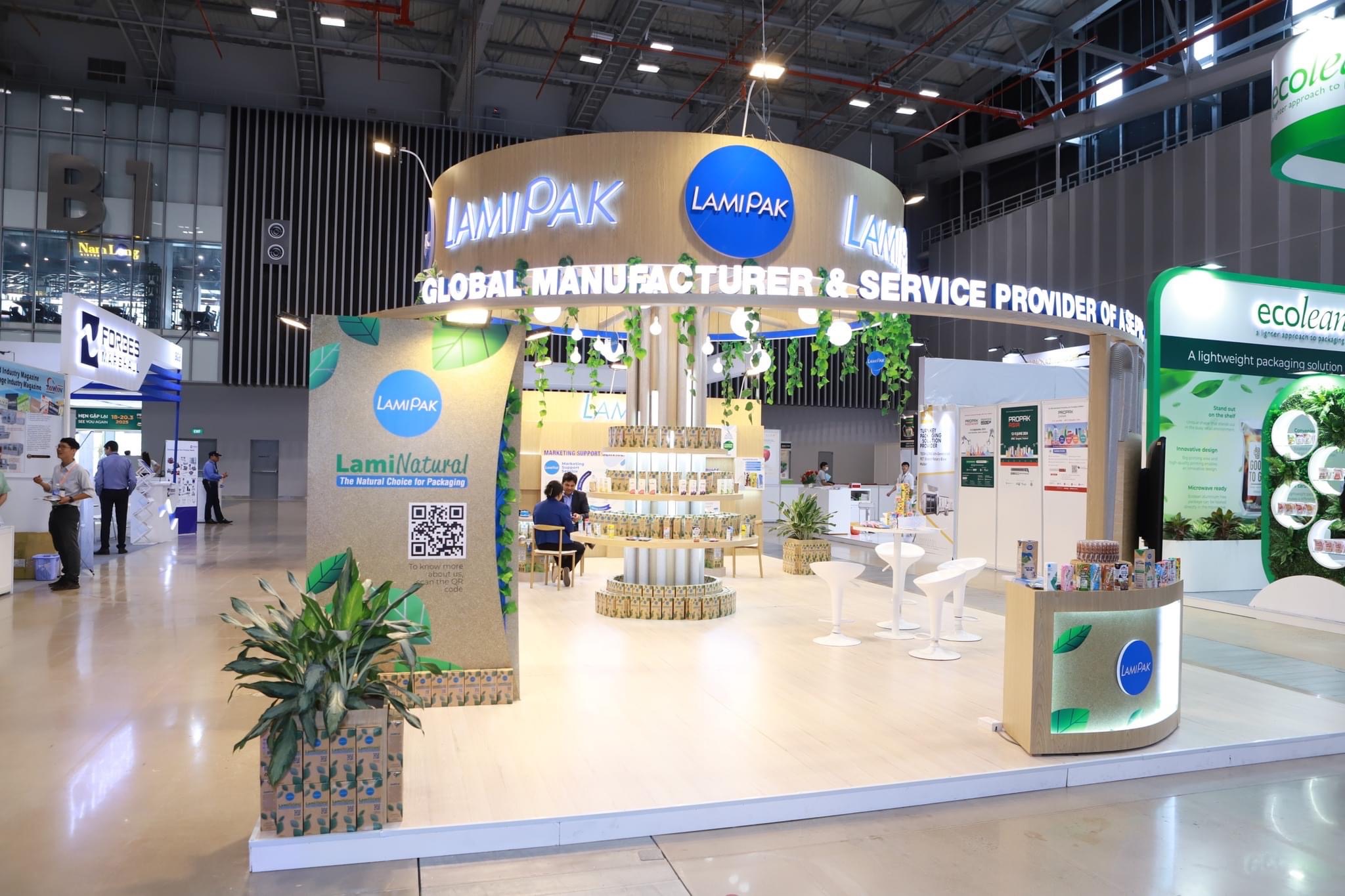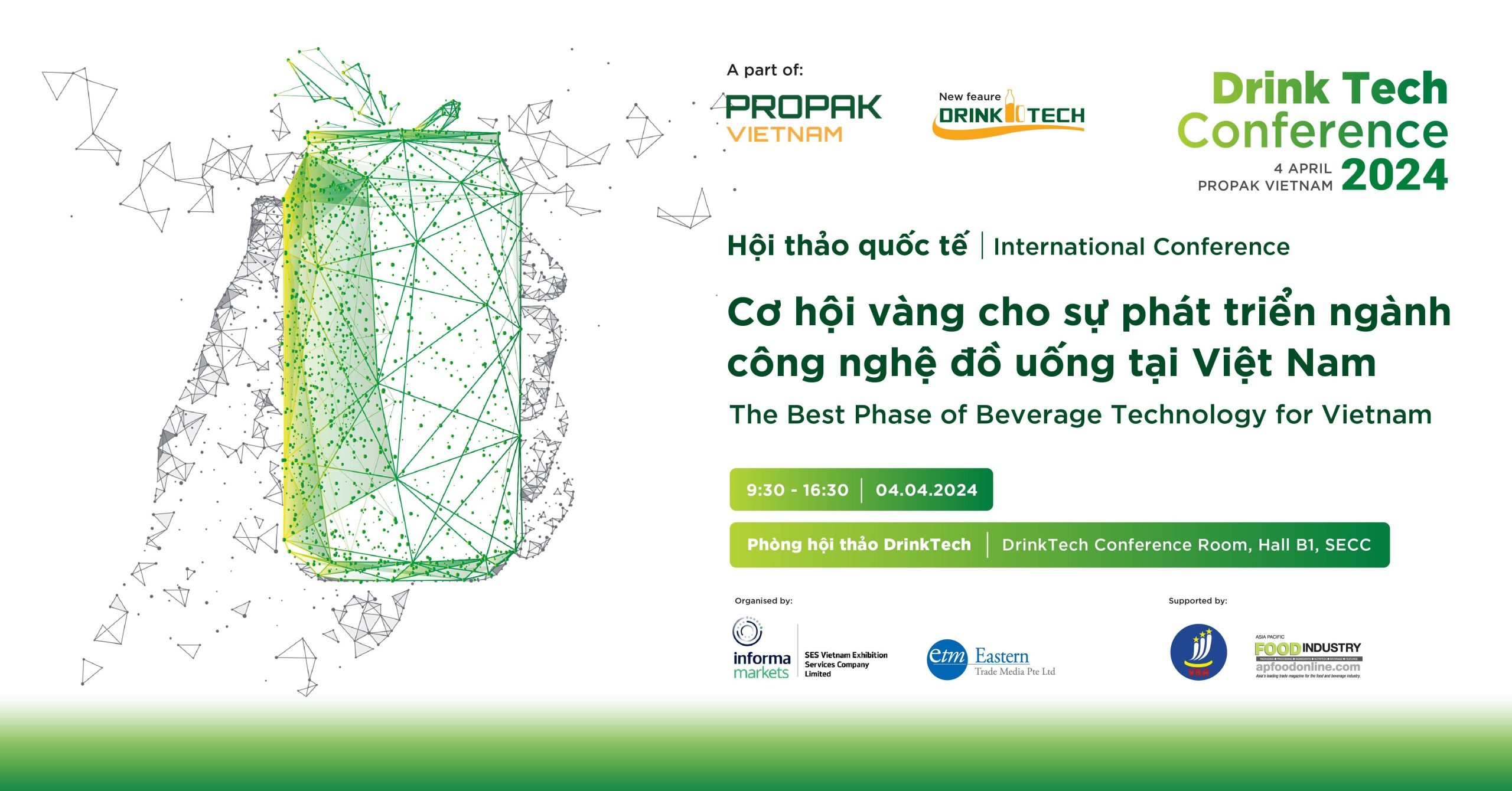One way to increase the value of domestic pharmaceutical products, updating the packaging trend
The pharmaceutical market in Vietnam holds great promise for significant progress in the coming years. The government has set ambitious targets, aiming for domestically produced drugs to account for 80% of the quantity used and 70% of the market value by 2030. This development also creates excellent opportunities for the domestic packaging industry, with pharmaceutical packaging projected to comprise 5-10% of the market. To capitalize on these opportunities, it is essential to understand the key packaging trends in the pharmaceutical sector.
Key Figures and potential for the pharmaceutical market in Vietnam

- According to Pharmaceuticals BMI Research, the value of Vietnam’s pharmaceutical market is forecasted to reach USD 16.1 billion by 2026, exhibiting a compound annual growth rate of 11%.
- Research indicates that Vietnamese individuals are increasingly spending on drugs, with average per capita spending projected to increase tenfold by 2021, amounting to approximately USD 6.7 per person.
- Vietnam’s population, currently at 100 million people, continues to grow, with individuals aged 65 and over constituting 11.9% of the population. These demographic trends indicate the potential for even faster growth in the pharmaceutical industry, particularly in the wake of the Covid-19 pandemic, which has elevated healthcare awareness to new levels.
- In 2022, Vietnam had 228 enterprises that meet the World Health Organization’s Good Manufacturing Practice (WHO-GMP) standards, a significant increase from just two enterprises in 2017. Among them, 12 enterprises adhere to high GMP standards such as those set by the European Union (EU), the Pharmaceutical Inspection Co-operation Scheme (PICs), Japan, and the Taiwan Food and Drug Administration (TFDA). This progress highlights substantial advancements within Vietnam’s pharmaceutical industry.
- Currently, domestic pharmaceuticals account for 46% of the total value of treatment drugs. The government has set a target for domestically produced drugs to represent 75% of the quantity used and 60% of the market value by 2025. By 2030, the aim is to increase these figures to 80% and 70%, respectively.
To develop the potential of the domestic pharmaceutical market, it is crucial to develop medium- and long-term strategies aligned with the state’s development orientation and the demands of both domestic and international markets. Associate Professor Dr. Le Van Truyen suggests that domestic enterprises can learn from global counterparts regarding market access strategies, such as product promotion and collaboration with government and state agencies involved in disease control and proactive healthcare provision. By adopting such approaches and continuously improving capacity, the domestic pharmaceutical market can fully realize its potential and contribute to the nation’s healthcare ecosystem.
The growth of the domestic pharmaceutical industry in Vietnam is also driving the development of the packaging industry.
The increased consumption of pharmaceutical products is a key factor contributing to the production of more packaging materials. The packaging industry has demonstrated a stable growth rate, maintaining an annual growth index of 13.4% from 2015 to 2020, and this level is expected to continue until 2022. In Vietnam, preliminary statistics indicate that pharmaceutical plastic packaging accounts for 5-10% of the overall packaging industry.
In the pharmaceutical sector, packaging plays a critical role in ensuring product quality and consumer education. It directly impacts the health and safety of users. Therefore, pharmaceutical packaging is subject to stringent standards and regulations to ensure the safety and integrity of the products.
As competition in the pharmaceutical industry increases, driven by the growing number of products with similar therapeutic functions, packaging design and production play a crucial role in enhancing competitiveness and establishing brand recognition. Packaging not only affects the quality and integrity of the drugs but also contributes to positioning the products in the market. However, it is worth noting that the current situation of domestic pharmaceutical companies in Vietnam is still at a level compliant with Good Manufacturing Practice (GMP) regulations and has not yet seen comparable investments compared to foreign enterprises.
Packaging trends in the pharmaceutical industry in the world, applied in Vietnam
The pharmaceutical industry, both globally and in Vietnam, is confronted with the challenges of an economic downturn and financial risks in the year 2023. To overcome these challenges, the industry is actively seeking growth opportunities while prioritizing sustainability and patient safety. In this endeavour, primary and secondary packaging design and development assume a pivotal role in assisting the pharmaceutical market in meeting these objectives.
Increasing adoption of biodegradable materials
One prominent packaging trend in the industry is the increasing adoption of biodegradable materials. As the global concern for plastic waste reduction escalates, the pharmaceutical sector is exploring sustainable alternatives such as biodegradable and recycled plastics. These materials can be broken down by microorganisms within a relatively short period, typically one year. Furthermore, there is ongoing research into the potential use of seaweed as a sustainable packaging material specifically for the pharmaceutical industry.
As an illustrative example of sustainable packaging innovation, Astellas Pharma, an international pharmaceutical company, made a groundbreaking advancement in 2021 by introducing packaging made from sugarcane. This marked the world’s first utilization of biomass-based plastic for blister packaging in the pharmaceutical industry. Notably, plant-based materials constitute 50% of the raw materials employed in the manufacturing process. Despite this shift, the packaging retains its crucial functions of providing protection and usability to consumers.
Application of 3D printing technology
Another noteworthy trend is the application of 3D printing technology to produce both primary and secondary packaging. This technology enables pharmaceutical companies to create personalized drug packaging with precise dosages, leading to reducing waste, time, and costs. Additionally, 3D printing facilitates the testing and elimination of substandard packaging ideas before official production, providing a cost-effective approach to design optimization.
Smart packaging design for better user experiences
The enhancement of user experience through smart packaging design is also gaining prominence in the pharmaceutical industry. The market for smart pharmaceutical packaging, which incorporates various advanced features, is experiencing significant growth.
- One example is “active” packaging. “Active” packaging is designed to promptly detect changes in the environment inside and outside the package. It addresses the stability challenges faced by pharmaceutical ingredients, such as moisture, oxygen, and gases. This type of packaging utilizes color-changing inks, radiation sensitizers, and oxygen bleach to ensure product integrity and extend shelf life.

- Information-integrated packaging, leveraging technologies like QR codes, enables manufacturers to efficiently deliver critical information to users, ensuring adherence to dosage recommendations and proper storage methods. These advancements not only enhance user convenience but also contribute to improved medication management.
These packaging trends align with the global efforts to promote sustainability, personalize drug packaging, and enhance user experience. By embracing these trends, the pharmaceutical industry in Vietnam can play a vital role in ensuring patient safety, meeting sustainability objectives, satisfying evolving consumer demands which can contribute to achieving the ambitious targets of the domestic drugs consumed by 2030.
Source: daibieunhandan.vn | pharmaceuticalmanufacturer.media | insightaceanalytic.com | thesaigontimes.vn | vietnambiz.vn | hhbb.vn





